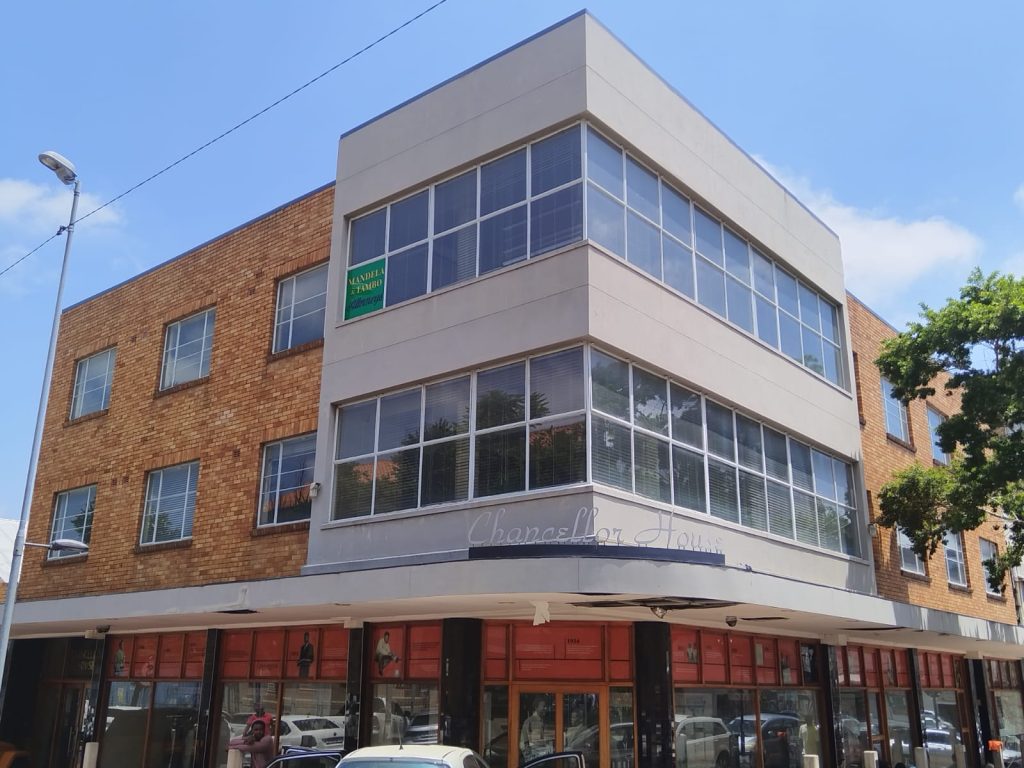The monument honours Boer veterans of the Anglo-Boer South African War, 1899 – 1902. Small plaques cover all four sides of the monument, a two metre-tall rectangular structure, spilling over onto the base. The memorial is crowded with inscriptions, set on a patchwork of small plates of different sizes and of various materials: sandstone, granite, slate, soapstone, etc. There are 41 small plaques to men who fought in the war.
It stands on the crest of the ridge, on the south-eastern corner of the New Nation School, overlooking the old Gas Works. Access to the monument is problematic, since there is no path: visitors have to cross the rocky outcrops, stepping over or around a broken-down fence.
The monument honours Boer veterans of the Anglo-Boer South African War.
It was unveiled on the grounds of the Cottesloe Primary School as part of the Voortrekker Centenary celebrations in Johannesburg on 3 December 1938:
“In early December 1938 a group of elderly men moved slowly up the Brixton Ridge overlooking the Gas Works, each weighed down by a slab of sandstone, slate or granite. Nearly every plaque was awarded a place on a crude, two and a half metre stone construction on a rocky outcrop, though some were relegated to its base”. (Sue Krige)
The memorial was initiated by the chairman of the Monument Committee of veteran combatants, Mr Gert Jooste, and unveiled by the City’s former Mayor, Maldwyn Edmund. It was preceded by a rock piling ceremony by veteran combatants and ex-prisoners of war on 19 November 1938. Commandant Koos Jooste unveiled the cornerstone of the monument at 08:00 on 3 December during a visit by the ox wagons on their way to Crosby.
Valued archival materials were placed in an old three-legged pot, placed in the monument and covered with masonry. Amongst others the following:
Protected under Section 37 of the National Heritage Resources Act (Public Monuments and Memorials). “Public monuments and memorials must, without the need to publish a notice to this effect, be protected in the same manner as places which are entered in a heritage register …”

A culmination of research gathered over many years, the Online Johannesburg Heritage Register is being launched on Nelson Mandela Day 18 July 2025.
Among the many heritage sites featured is Chancellor House, the downtown offices of Mandela and Tambo Attorneys in the 1950s. After having been vacant and shuttered for more than a decade, this iconic building is being revived and brought to life once again as offices for the Community Development Department, which oversees the City’s Arts, Culture & Heritage Services.